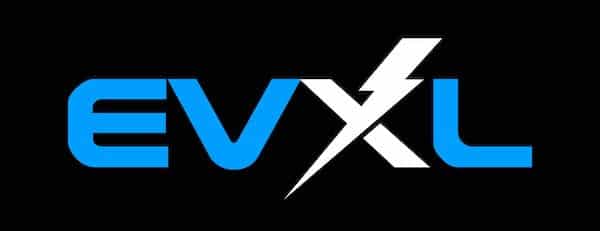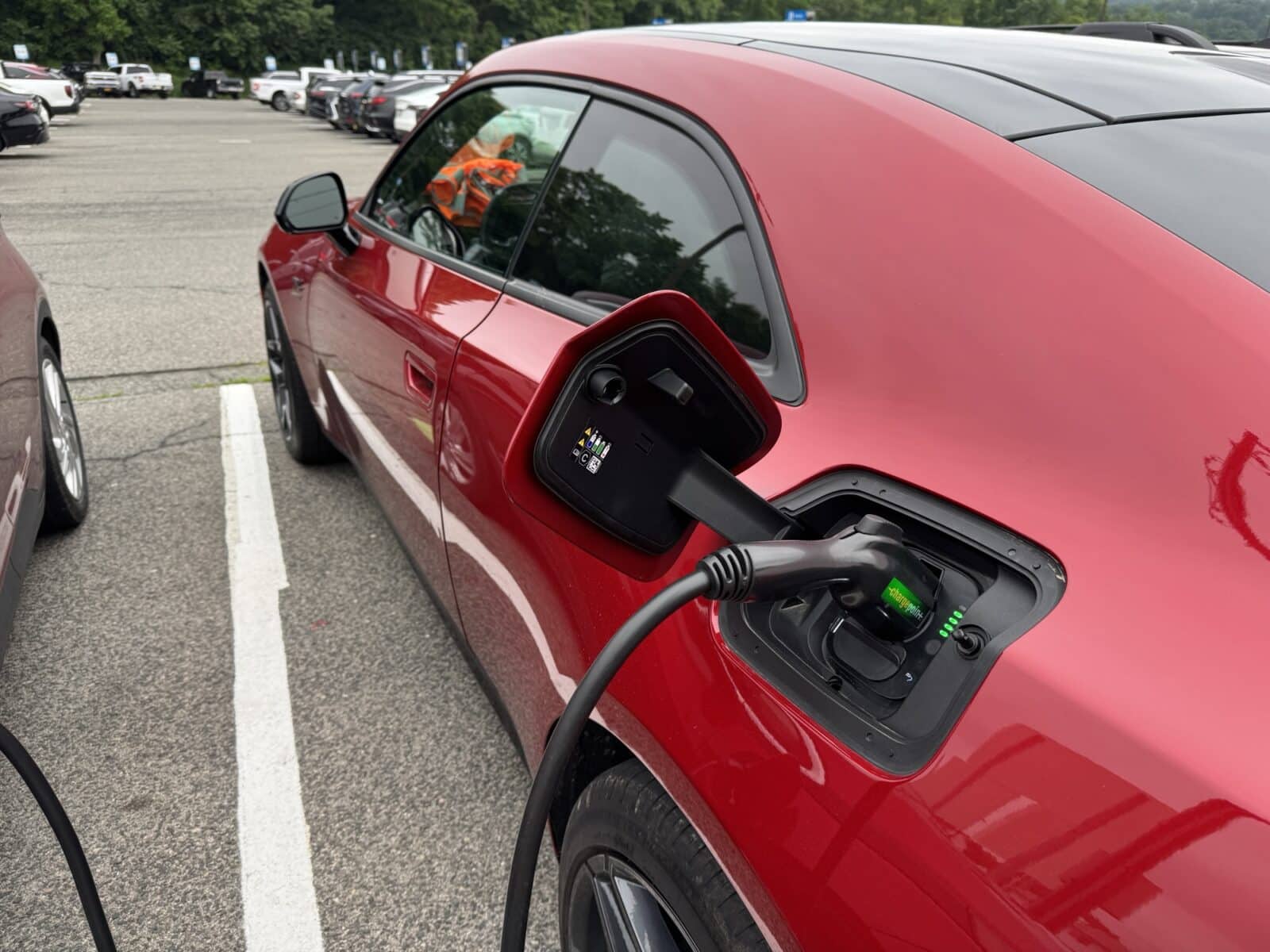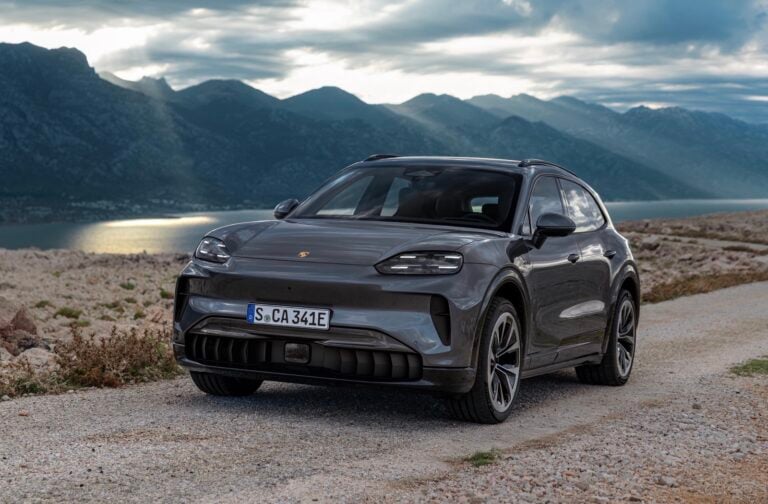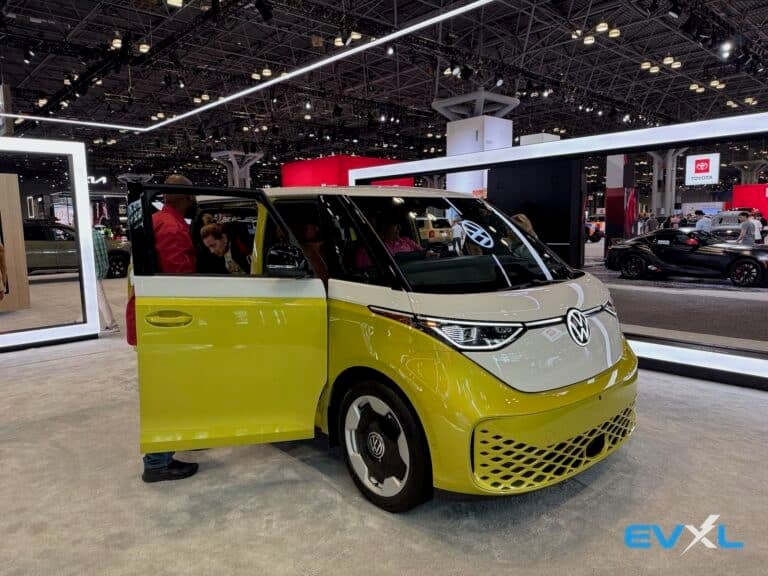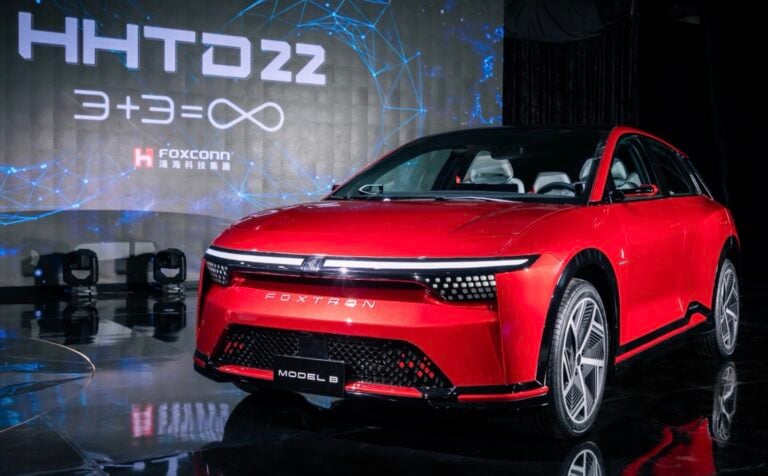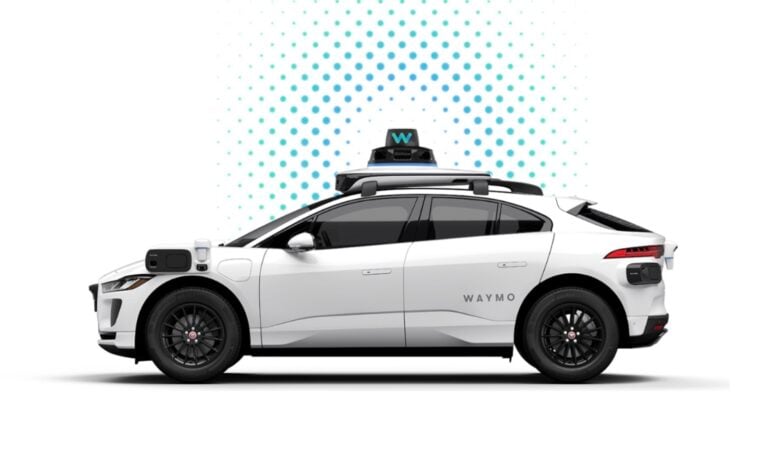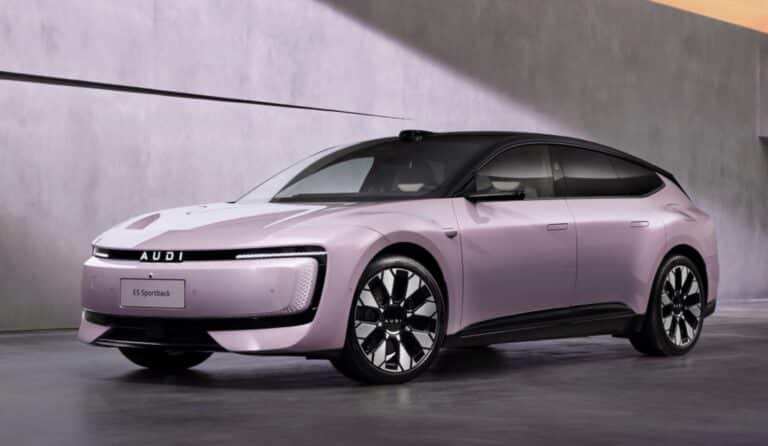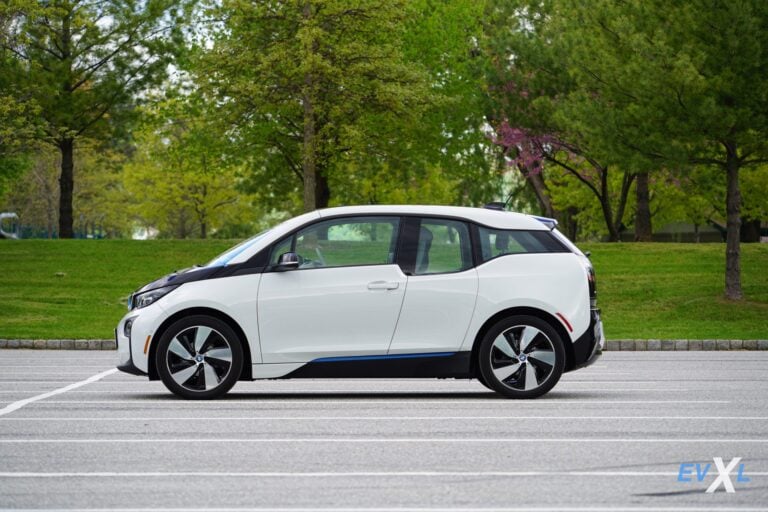After months of uncertainty and a courtroom twist, Oregon’s NEVI corridor build is back on track—and fully funded—to plug the biggest gaps from the coast to I‑84
Oregon electric vehicle charging expansion accelerated as the state gains access to its full National Electric Vehicle Infrastructure (NEVI) allocation—more than $40 million—unlocking construction of dozens of public DC fast-charging sites along major highways, according to the Oregon Department of Transportation (ODOT) and recent court action restoring frozen funds. Early stations are expected to open in 2026, with ODOT’s plan targeting approximately 60 sites across 11 corridors and at least four 150kW ports per location, backed by federal formula funding under the 2021 Bipartisan Infrastructure Law, reports the OPB.
NEVI funding restored: court ruling restarts formula funds, Oregon moves ahead
A federal judge in Washington state issued a preliminary injunction in late June ordering the Trump administration to resume distributing NEVI funds to 14 states—including Oregon—after a February suspension halted new obligations pending revised guidance; the ruling restores states’ ability to obligate funds while litigation proceeds.
ODOT said Oregon expects a total of about $52 million over five years via NEVI, with $41.1 million approved for obligation before the freeze and the remainder tied to the program’s final year; Oregon now has full access to more than $40 million to accelerate build-out.
Corridors and coverage: 60 stations, four fast chargers each, spanning 11 major routes
ODOT’s transportation electrification coordinator Brett Howell said the state will build about 60 fast-charging stations with at least four chargers per site along 11 major highways and interstates, prioritizing gaps on I-5, I-205, US-97, I-84, US-20, US-26, and US-101.
Round 1 partners—Electrify America (I-205), EV Gateway (I-5 south of Eugene), and EV Charging Solutions (US-97)—were selected through a competitive grant process and are proceeding under obligated funds; each site must include a minimum of four DC fast ports delivering at least 150kW simultaneously.
Timeline and guidance: first openings in early 2026; siting flexibility expanded
Howell expects the first NEVI-funded charging stations to open in early 2026, with ODOT preparing a second-round launch in the fall to expand coverage across additional corridors.
Recent federal revisions to NEVI guidance allow states more flexibility on exact locations—easing the prior rules that typically required stations within 50 miles of each other and within 1 mile of exits—enabling Oregon to optimize sites by need and grid readiness.
Scale and need: Oregon’s EV growth outpaces public charging availability
As EV registrations rise, public fast charging lags in rural and high-traffic corridors, a gap NEVI is intended to close; ODOT’s plan anticipates roughly 50–60 fast-charging locations statewide as materials, costs, and corridor needs are finalized, supplemented by private matching funds.
“Of the $26.1 million [initially obligated], we fully intend on honoring the commitments… and we’re in the process of signing grant agreements,” Howell said earlier this year, underscoring the state’s intent to maintain momentum despite the federal pause now lifted by court order.
What EV drivers can expect: 10–80% in under 30 minutes, multi-port reliability
NEVI sites will standardize on multiple 150kW-capable ports to support 10–80% charging in under 30 minutes for newer models, with ODOT aiming for at least one port per site above 150kW to improve peak delivery and reduce queuing on busy travel corridors.
EVXL’s Take
Restored NEVI access positions Oregon to close critical fast-charging gaps east of the Cascades and along coastal and freeway corridors, but two variables bear watching: how swiftly final project agreements convert to groundbreakings, and whether revised federal guidance sustains the flexibility and reliability standards drivers expect.
With Round 1 awardees already named and funds now moving again, early-2026 go-live dates look credible—yet site-selection tradeoffs, utility interconnections, and construction timelines could still push schedules. If Oregon delivers 4+ high-uptime ports per site and locates them where range anxiety is most acute, it could set a template for corridor charging beyond metro hubs.
What should come next: transparent uptime metrics, clear pricing, and seamless roaming across networks to ensure these investments translate into dependable road-trip charging. Share perspectives in the comments: Which Oregon corridors most need four-plus high-power plugs, and what reliability benchmarks would build confidence for long-distance EV travel?
Discover more from EVXL.co
Subscribe to get the latest posts sent to your email.
